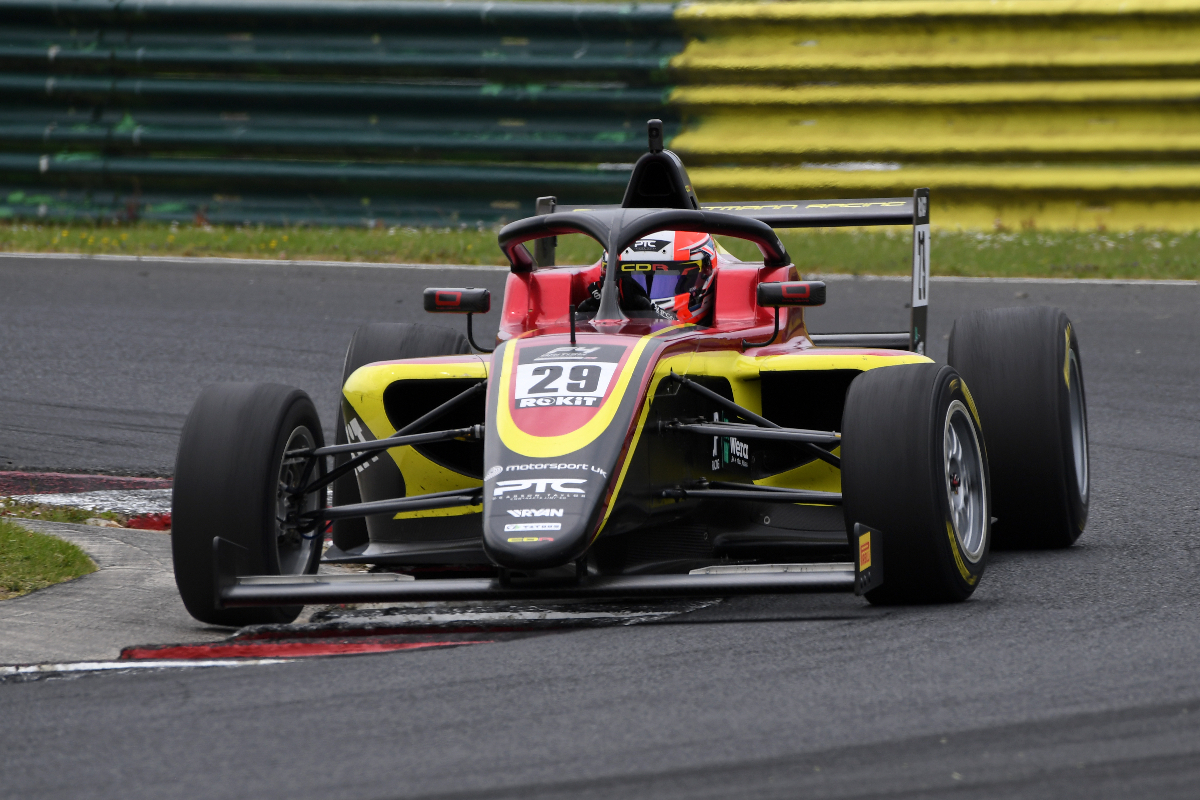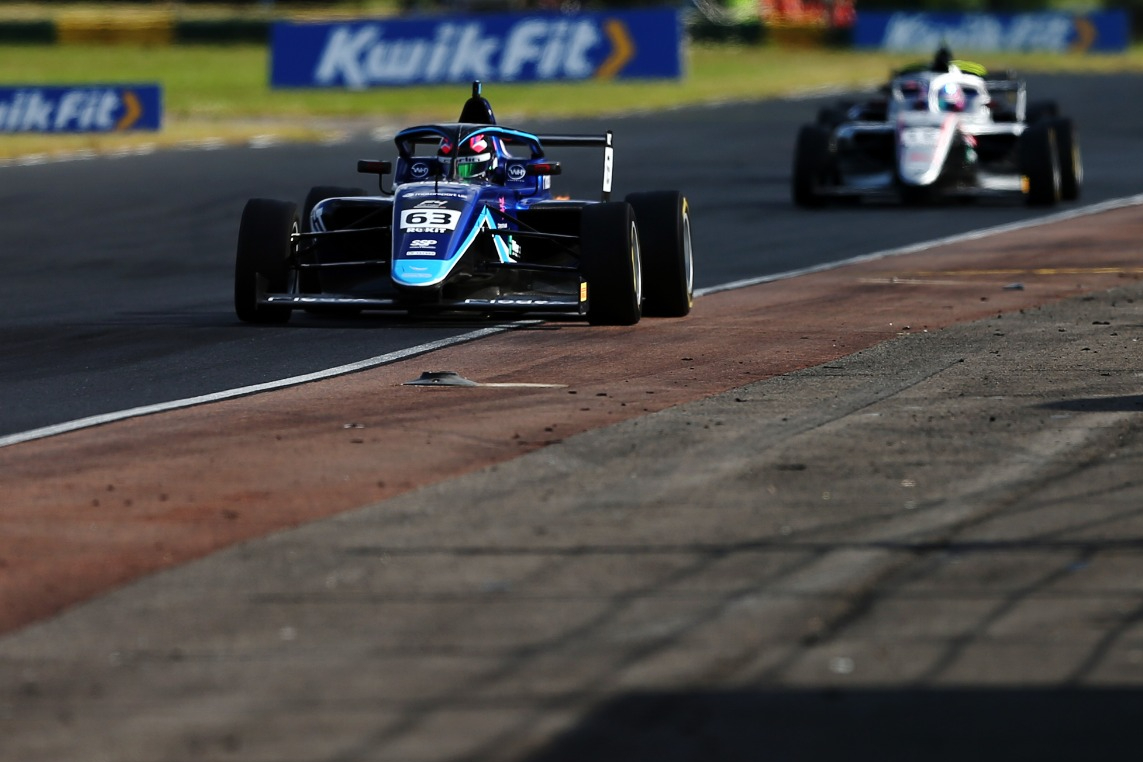 Motorsport UK, the governing body for British motorsport, introduced updated regulations for policing track limits today.
Motorsport UK, the governing body for British motorsport, introduced updated regulations for policing track limits today.
The changed definition of track limits abuse means a driver will now be judged to have left the track if any “part of the contact patch of the tyre goes beyond” the “outer edge of the white line or kerb denoting the track limit” rather than the whole wheel.
Hugh Chambers, Motorsport UK’s CEO, wrote an open letter about the change, with the starting point for it being race officials feeling small transgressions of track limits going unchecked was leading to those rules being broken more.
“It appears there is less than a universal understanding of where the limit of the track lies,” Chambers said in his letter.
“At a racing circuit it’s defined by the white line that runs around both sides of the track, interspersed with the kerbs on the apex and outside of corners, which at those parts, serve as the track limit. Feedback shows that there is further misunderstanding as to what is and isn’t allowed in terms of the placement of the car on these track limits.”
He pointed out “without track limits regulations and enforcement, the circuit owners are in an impossible situation” following international rule changes.
“In the interests of minimising damage to vehicles (and even more important fallen motorcycle riders) the governing bodies of both car and bike racing have reduced permissible physical deterrents to going beyond track limits – and the circuits understand this,” he explained.
“But without any deterrents, the grass and earth beyond the kerbs just gets abused and deeply rutted in no time. This simply cannot be repaired fast enough and presents a real physical hazard for any vehicle that leaves the track through incident or error.”
The now expired track limits rules had proved hard to police for closed-wheel competition where cars’ undersides are difficult to see, unlike in single-seaters, and the updated rule aims to navigate that problem.
Track limits are checked via track sensors and “judges of fact”. Five UK tracks have sensors, that “automatically log a hit and supply race control with images of the cars passing at that point, and a visual identity of the offending car or cars is made”. Introducing sensors to more circuits is desirable but costly, which could lead to increased entry fees.
During consulation on changing track limits rules, there were “concerns expressed about the proposed penalty system” and there has been public backlash since the confirmation that the change would go ahead.
Chambers said “the only change” in penalisation will be in qualifying, where “the laptime on which the infringement occurs will be cancelled, rather than only if that lap is faster than any previous lap in the session”. But in races a fourth violation will now cop a driver a 10-second penalty on top of the five-second penalty recieved for their third breach, and a fifth breach will lead to a drive-through penalty being added to, rather than replacing, those penalties.

Photo: Jakob Ebrey Photography